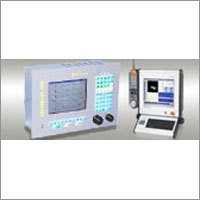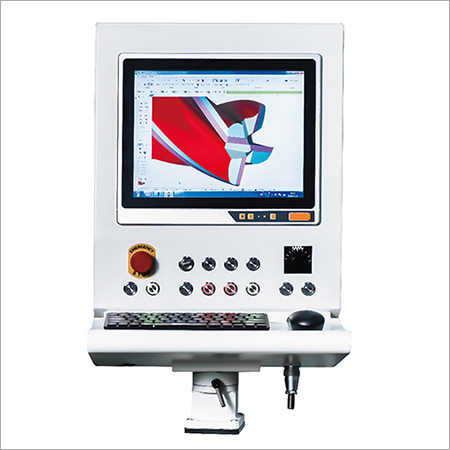CNC Solution
Price 90000 INR/ Unit
CNC Solution Trade Information
- Minimum Order Quantity
- 1 Unit
- Supply Ability
- 100 Units Per Day
- Delivery Time
- 1 Week
About CNC Solution
CNC Solutions
Early machine tools were designed so that the operator was standing in front of the machine while operating the controls This design is no longer necessary since in CNC the operator no longer controls the machine tool movements On conventional machine tools only about 20 percent of the time was spent removing material With the addition of electronic controls actual time spent removing metal has increased to 80 percent and even
higher It has also reduced the amount of time required to bring the cutting tool into each machining position
Machine Types Lathe
The engine lathe one of the most productive machine tools has
always been an efficient means of producing round parts Most lathes are programmed on two axes
The X axis controls the cross motion of the cutting tool Negative X X moves the tool towards the spindle
centerline positive X moves the tool away from the spindle centerline
The Z axis controls the carriage travel toward or away from the headstock
Milling Machine
The milling machine has always been one of the most versatile machine tools used in industry Fig 5 Operations such as milling contouring gear cutting drilling boring and reaming are only a few of the many operations which can be performed on a milling machine The milling machine can be programmed on
three axes
The X axis controls the table movement left or right
The Y axis controls the table movement toward or away from
the column
The Z axis controls the vertical up or down movement of
the knee or spindle


Price:
- 50
- 100
- 200
- 250
- 500
- 1000+
More Products in Electronics & Electrical Supplies Category
Halller M1 Num Control
Price 900 INR / Kilograms
Minimum Order Quantity : 12 Units
Application : 5 axis CMNC tool Grinding machine
Product Type : Num Control
Warranty : 1 Year
Utility Control Panel
Price 900 INR / Kilograms
Minimum Order Quantity : 12 Units
Application : Industrial
Product Type : Utility Control Panel
Warranty : 1 Year

 Send Inquiry
Send Inquiry





